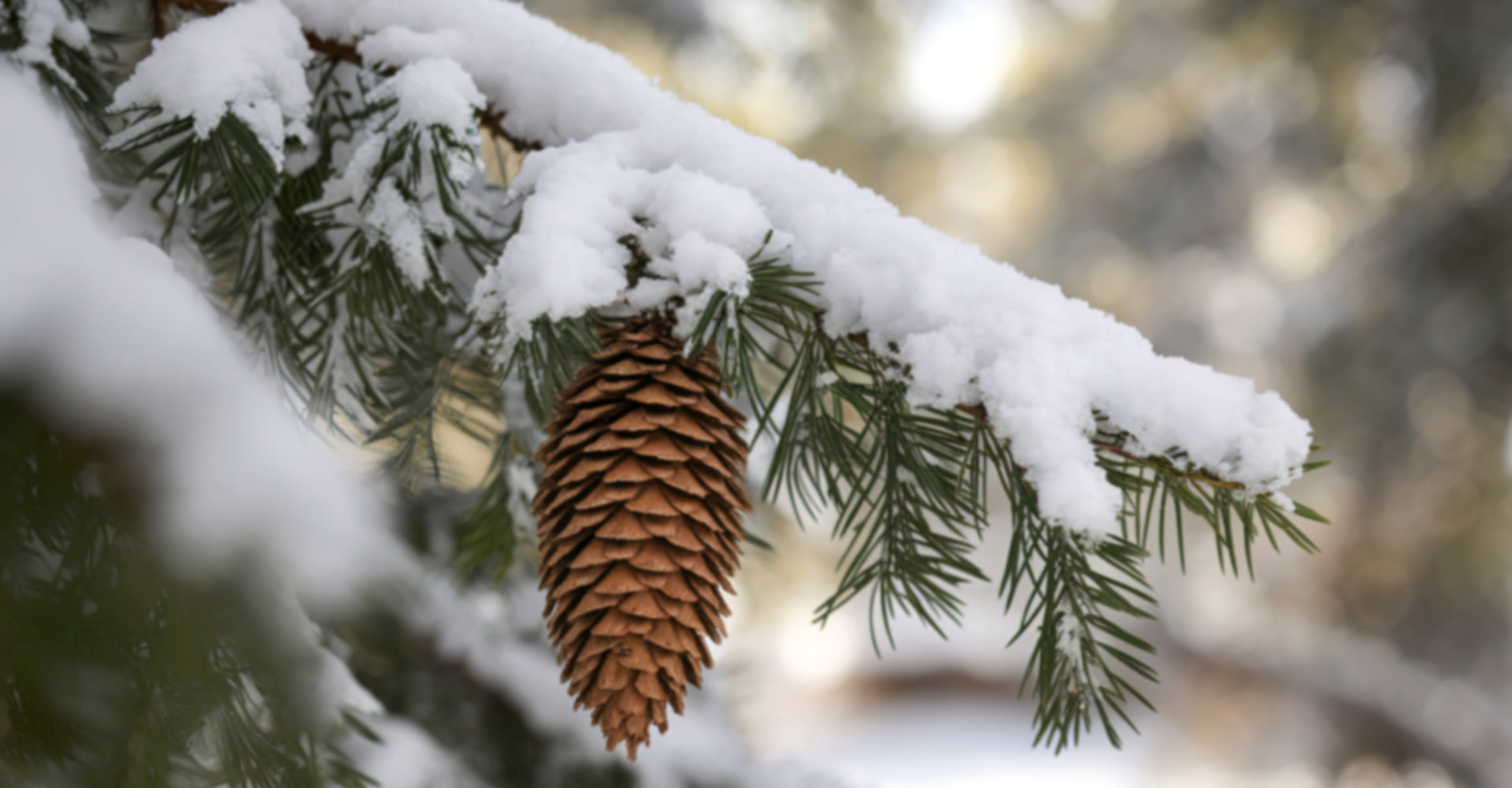the fit
In fact, a suit must have the right measurements and a perfect fit, the shoulders must naturally accompany yours, the sleeve must have the ideal length to allow the right size of the shirt cuff to emerge, the jacket must be neither too long nor too short. .
the shoulders
The right shoulder measurement for a perfect jacket should not extend beyond your natural shoulder measurement, and if your shoulder measurement is correct, the whole suit will most likely fit you perfectly.
life
It should form a line that emphasizes your waist, because you need to be able to button the jacket comfortably, but there should be no more than two fingers between the buttoning and your body.
the sleeves
The right shoulder measurement for a perfect jacket should not extend beyond your natural shoulder measurement, and if your shoulder measurement is correct, the whole suit will most likely fit you perfectly.
the pants
Your socks should not be visible when you stand, and the hem of your pants should rest lightly on your shoe at the front and just touch the top of your shoe's heel at the back.
colors and fabrics
In the classic men's style, even the color of the suit is governed by a few simple rules that make choosing the color a simple task. Not all colors can be used in the same way, because some can be suitable for one occasion and completely out of place for another. Another important thing to know is that some colors have limitations depending on the season, and others require combinations that if unknown can cause unexpected effects on the wearer.
the basic colors
Grey, blue and black The basic colours for suits are blue and anthracite grey. Suits in these colours are suitable for any occasion, dark grey is a very suitable colour for young people starting their careers, while blue is suitable for older people. A black suit can be a useful alternative to a formal suit and some use it thinking that a suit of this colour confers a certain authority, but this is a habit that does not reflect the canons of Italian elegance. Blue suits are an excellent choice when you are undecided about the right colour.
the fabrics
Suits, trousers and jackets are made with pure wool fabrics or blends with artificial or synthetic fibres which are called combed, carded and fulled.
Worsted fabrics such as gabardine, grisaille, twill and wool canvas are produced with long combed fibre yarns. They are the most valuable because they are produced with a very fine yarn which allows for lightness, shine and resistance to creasing and wear.
Carded fabrics are coarsely woven and are more suitable for winter clothing, coats or overcoats, like tweeds, chevrons and herringbones.
the brown
Brown is a very popular base color, ranging from chocolate brown to dark brown. Some men look great in this color and can use it as an important part of their wardrobe even for less formal clothing, including tweed suits and sports jackets.
models
It's not just women who follow fashion: many men also love to renew their wardrobe. The men's clothing lines range from casual to elegant suits, with a wide range of variations on jackets and trousers. Corso Italia offers many ideas and always new models, made with the best Italian fabrics and with the ideal fit for every body type.
the jacket
The two-button jacket
The two-button jacket is the most used model, it fits better and enhances the figure because the first button is positioned near the waist line. In this model only the first button at the top is fastened.
The three-button jacket
The three-button jacket looks best on tall men because it doesn't outline the waistline much. Generally, only the first two buttons at the top are fastened, and if you've chosen a model with extended lapels, even just the central one.
The one-button jacket
The single-button jacket elongates the torso, but is not suitable for large people. It is the most used in men's high fashion catwalks, but it is the least easy to wear if you are not a model.
The double-breasted jacket
The double-breasted jacket is the most formal model, very used in the past. It is not suitable for those who are small in stature because it cuts the figure.
the slits
Two side slits
It is the most flexible model that highlights the lines of the body, slims the leg and gives greater elegance to the dress.
A central split
It is the most practical model, but little used by classic Italian tailoring
Without slits
limits movement when you are in or have your hands in your pockets.
The lapels
There are many possible lapel models, but in general they should not be too tight, but should be in harmony with your figure and not too eccentric.

the pants
Darts are the folds in the fabric that start at the waistband and reach the crotch of the trousers.
Pants can be:
WITHOUT PLINTES
slimmer and more suitable for tall, slim men; with pleats, as in most workwear models
WITH DOUBLE PLEATS
for more robust men. The cuff must be a maximum of 4 centimetres and must in any case be proportionate to the leg
All trousers allow for cuffs, but it is good to know that trousers without cuffs lengthen the leg. The pockets on the back of trousers can be simple, with or without a button. You can also choose trousers without pockets.
DRESS CODE
Clothing and elegance
An elegant man wears a new suit as if it were used and a used one as if it were new, never wears suspenders without a vest, always wears ties and long socks. He prefers jackets with vents that adapt better to the shape of the body and allow the jacket not to deform when putting his hands in his pockets. He chooses quality fabrics that are classic and not too flashy.
The opportunities
For a lunch a man should wear a classic elegant suit in a solid color, colored shirt and walking shoes, for a cocktail a dark suit with white shirt and black shoes. For an important reception a dark suit or tuxedo, while for a wedding he will wear a dark suit. However, if the groom is in a morning suit and is a witness or a close relative he will have to wear one too.
Dress Code
Here's what we can find on an invitation that explicitly states the dress code, or the dress code that lets guests know how to dress.
White Tie
White tie, required for official events among the most formal such as diplomatic receptions, charity balls, aristocratic weddings. The man wears a tailcoat with a white bow tie, adding a white handkerchief in the pocket. Black shoes in shiny leather or patent leather.
Black Tie
Black tie, required for formal receptions after 5 pm, premieres, dances. The man wears a black tuxedo, lace-up shoes, not shiny leather, long black silk socks. A white tuxedo is only acceptable in warm weather for outdoor receptions or weddings.
Formal
Evening receptions, such as business meetings. The man wears a dark elegant suit and tie.
A5 (After five)
Unless specified A5 means cocktail, the man wears a suit in the color of his choice, even without a tie.
Casual Style
informal for dinners, company parties or with friends. No tie, but nice sports pants and shirts with rolled up sleeves.
THE TIE
Often considered an instrument of torture, the tie is, on the contrary, an instrument of pleasure. The tie is the detail that makes all the difference between a banal man and an elegant man, an inevitable fashion accessory, it comes in all patterns and colors. It matches perfectly with the shirt, the suit, the cuffs and the pocket square. It can be discreet, elegant and sober as dazzling and colorful, it allows the wearer to express their way of being, becoming a true distinctive sign.
Symbol of elegance, authority and good taste, the tie is the accessory that allows you to slim your torso and enhance your figure.
THE KNOTS
As important as the fabric and color of the tie are, the knot is also very important. There are many ways to tie a tie, but in reality, only a few are used in most cases.
Simple knot
It is the great classic of tie knots, the most used, since it is the simplest to make and it matches with most ties and practically all shirt collars. It is perfect for men of medium or tall height.
Conical and elongated, the simple knot is tightened with thin ties and looser with thick ties.
Double knot
It is very similar to the simple knot, but is made with a second rotation as the leg of the tie must be passed twice around the leg. Thicker in appearance than the simple knot, the double knot is ideal with most shirts. It also works well with all ties, except those that are too thick.
Windsor Knot
It is the knot for special occasions, in fact its name derives from the Duke of Windsor, who made it popular. Given its important volume, it should preferably be made on open collars, such as Italian collars or Windsor collars. Sometimes complex to make, to be perfect it must fall exactly in the center of the collar and hide the last button of the shirt.
Small knot
It goes particularly well with thick ties or narrow-necked shirts. It should be avoided with long or open-necked shirts. Relatively easy to make, but requires a 180° twist. The small knot is the simplest way to tie a tie.





